A Beginners’ Guide: GTAW Welding Techniques and Tips
Any welder should know GTAW welding techniques and tips to ensure a good weld. Here is a guide on TIG welding for beginners to make the process quick and safe for everyone.
GTAW welding techniques and tips
Before the GTAW welding process starts, all grease, oil, dirt, rust and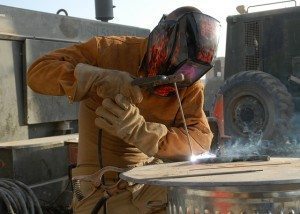 other contaminants should be removed from the areas to be welded. You can do this by the use of liquid or vapor cleansers of by mechanical means. Striking the arc can be done by momentarily touching the electrode to the work and quickly withdrawing it; using a apparatus to cause a spark to jump from the electrode to the work; and using an apparatus that initiates and maintains a small pilot arc, giving an ionized path for the main arc.
other contaminants should be removed from the areas to be welded. You can do this by the use of liquid or vapor cleansers of by mechanical means. Striking the arc can be done by momentarily touching the electrode to the work and quickly withdrawing it; using a apparatus to cause a spark to jump from the electrode to the work; and using an apparatus that initiates and maintains a small pilot arc, giving an ionized path for the main arc.
GTAW Welding: High Frequency Arc Stabilizers
High frequency arc stabilizers are needed when alternating current is used. They give the kind of arc starting described above. High frequency arc initiation occurs when a high-voltage, high-frequency signal is superimposed on the welding circuit. High voltage ionizes the shielding gas between the work piece and electrode, making the gas conducive so it initiates the arc. Inert gases are not conducive until they are ionized. For DC welding, the high frequency voltage is cut off after arc initiation. With AC welding, however, it mostly remains on during the welding, especially when welding aluminum.
GTAW Welding: Operating Variables
Briefly summarized, for TIG welding for beginners, the major welding process operating variables are: welding current, voltage, and power source characteristics; electrode composition, shape and current carrying capacity; shielding gas (welding-grade helium, argon or mixtures of both); filler metals that are generally the same to the metal being joined and suitable for the intended service
GTAW Welding: Techniques and Tips
1. Check the recommended gas flow based on the selected nozzle and the metal size. Adjust the gas welding machine to the suggested kind of amperage and current for the welding process being performed.
2. Turn the welder on and locate the foot control. Place the control in an area that is most comfortable. Press the foot control and strike the arc. Check your TIG welding manual for more information.
3. Once a puddle is formed, add the filler rod to the leading edge. To reduce chances of contaminating the tungsten, move the TIG welding torch to the back of the puddle once the filler rod is added.
4. Clean all metal surfaces and joints to be welded with a mechanical (grinding, scraping or bruising with a wire brush) or chemical process. Take note that the wire brush should be made of the same material as the material being welded (except for aluminum which can be cleaned using a stainless steel brush. Chemical solvents range from harsh chemicals like acetone and the light cleaning properties of alcohol.
5. Know the metal size. Except for aluminum and magnesium, the welding process should not be used with metals over 1/4 inch. Metals that are under 3/16 inch may not require edge prep. Metals that have a thickness of more than 3/16 inches require machined or ground edges to help bead penetration.
GTAW Welding: How to Stop Welding
Welding is stopped by shutting the current off with foot-or-hand controlled switches that allow the welder to start, adjust, and stop the welding current. They also allow the welder to control the welding current to get good fusion and penetration. TIG welding can also be stopped by quickly withdrawing the electrode from the current, although this can disturb the gas shielding and expose the weld pool and tungsten to oxidation. Shielding gas has to stay on for several seconds to keep the molten puddle, filler rod ad tungsten electrode from being contaminated.
GTAW Welding: Filler Metals
In the TIG welding process, the base metal thickness and joint design determine whether or not the filler metal has to be added to the joints. If the filler metal is added during manual welding, it is applied by feeding the welding rod manually into the pool of molten metal ahead of the arc, but to one side of the center line.
Knowing the right GTAW welding techniques and tips is important before you start your project. However, this can be too confusing for those who have little to no experience. In this case, you should be better off hiring a certified welder and allow him to do the job for you. Aside from ensuring a safe and effective welding job, you should have the peace of mind that the end results are of high quality, one that will last for a very long time.

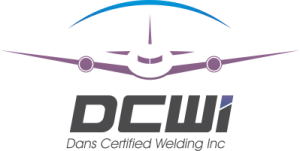
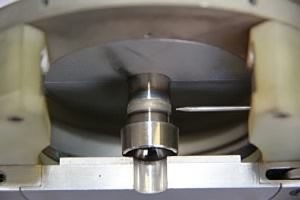
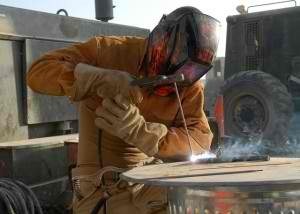
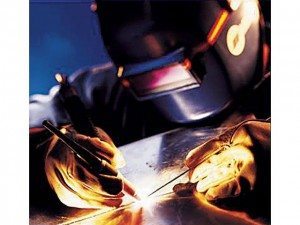
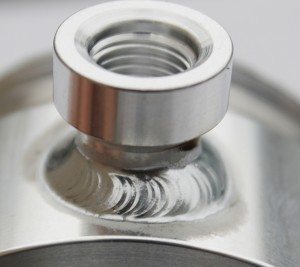
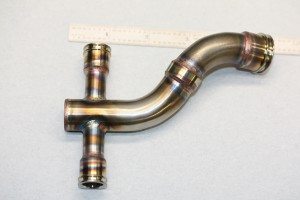
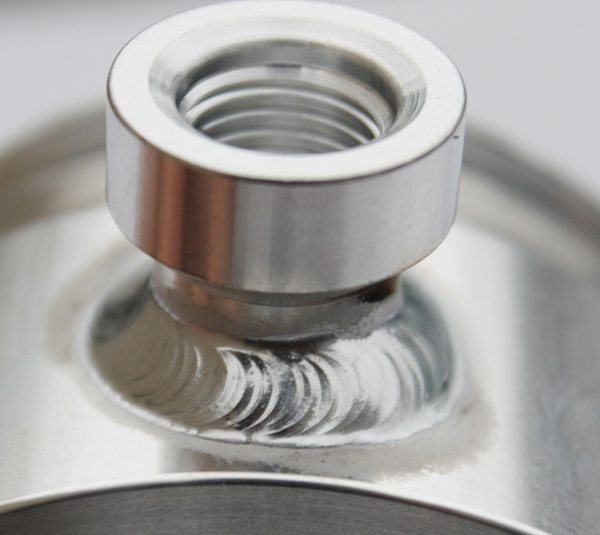
 You MUST Ask BEFORE Hiring a Welding Company – So You Can Avoid Wasting Your Time AND Hard-Earned Dollars”
You MUST Ask BEFORE Hiring a Welding Company – So You Can Avoid Wasting Your Time AND Hard-Earned Dollars” 
Keep in Touch